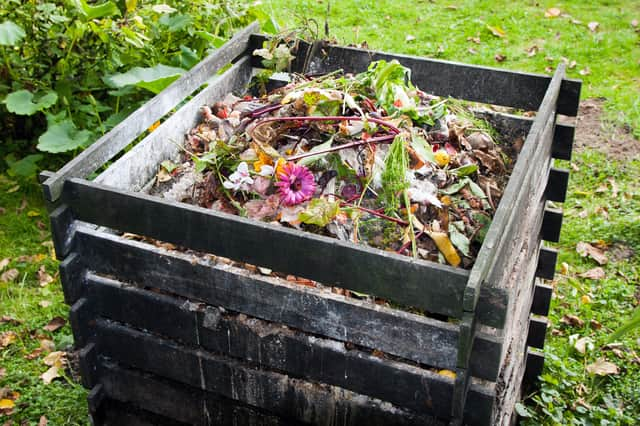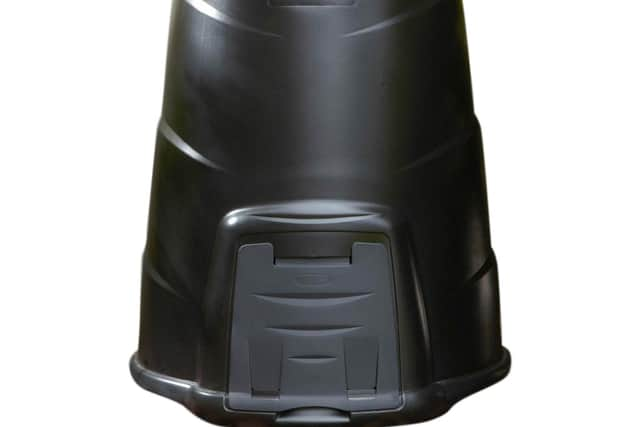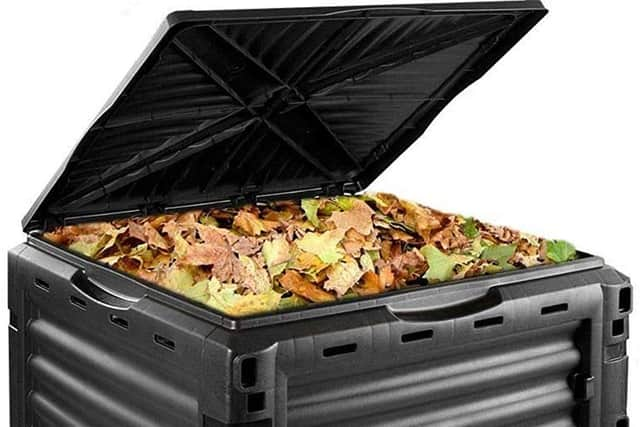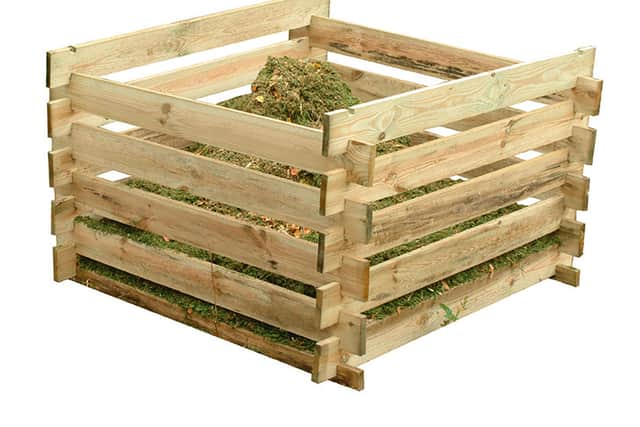Home composting: how to use compost bins and tumblers to make your own compost 2021


This article contains affiliate links. We may earn a small commission on items purchased through this article, but that does not affect our editorial judgement.
If you have a garden, and can afford a small corner of space, then making your own compost is one of the most environmentally sound practices you can do.
It gives you a handy way of disposing of garden and kitchen waste, provides you with nutrient rich compost that will feed your plants and improve the soil, and also helps keep armies of worms and bugs happy as they get on with the work.
At its simplest, all you need to do is create a pile of suitable material and, with minimal effort it’ll, eventually turn into compost if you give it a year or two.
But these days there is all manner of equipment to make the task a little more efficient and tidy – in both your garden and the kitchen – and in this piece we’ll take you through some of the most beneficial products for those looking to get their compost creation up and running.
The composting process
But before we look at the kit, let’s look at what goes towards making the best compost. The organic matter you’ll be adding to your compost bin is commonly divided into two groups: green waste and brown waste.
‘Green waste’ is generally plant material that is packed with most of the nutrients and tends to contain water. This includes such items as grass clippings, plant trimmings, fruit and veg scraps, spent tea leaves and coffee grounds.
‘Brown waste’ tends to be full of carbon and includes paper and cardboard (without glue or inky coatings); broken up wood such as sawdust (so long as the wood it came from wasn’t treated) or small twigs and piece of bark; and dry plant matter (leaves, straw, etc).
Things to avoid are non-plant based kitchen scraps such as meat, fish, pet food, baked foods or anything that has received chemical treatment.
You can chuck in weeds, but it’s advisable to not include those with seeds or some of the more troublesome and rapidly growing roots (we are mostly thinking of bindweed here).
You’ll need a good mix of both green and brown waste to get the composting process working efficiently without causing a stink.
Too much dry brown waste and it won’t get going; too much wet green waste and it’ll clump together and smell. Start with a roughly even mix and adjust as you go along (for example, a big load of fresh grass clippings tend to need balancing out with extra brown waste).
Composting works by various worms and microorganisms breaking everything down until you’re left with a dry, crumbly compost – so give these workers a helping hand by chopping larger items up before adding them.
The mix will heat up during the process and again you can help to increase the temperature by sealing your compost in a suitable container and placing it in a sunny spot. Regularly turning the waste will help to mix everything together and provide aeration, further improving your chances of a quality end product.
The composting kit
In this list we’ve featured a broad range of items that will help you get up and running with your home composting in no time, along with a few kitchen products that will help with kitchen waste – even if it’s collected for the council’s compost heap.
The biggest of these products the compost bin (assuming you’re not going down the simple ‘pile’ route), of which we’ve chosen a few options, but it’s also worth checking with your local council as they may have a recycling scheme that provides one at a discount.
Once started with the right kit there’s very little effort involved, so give home composting a go and you and the environment will reap the benefits.
For your kitchen, it’s worth reading our guide to devices that help cut down on food waste, too.
Keen gardener? We have a guide for the best cordless lawnmowers for urban gardens and the best garden trowels.


Nose around an allotment or wander past a row of gardens and it won’t be long before you spy a green or black conical compost bin, the current design standard for plastic composters.
Blackwall’s is an archetypical example of the style: a wide base with a flexible hatch at the bottom, narrowing to a fat, bulbous lid that snaps tightly around the rim.
Made from UV stabilised (to prevent it from degrading) recycled plastic and with a 330 litre capacity (220 litre versions are also available) it lays claim to being the UK’s best selling compost bin.
This is perfect compost bin for a household - it won’t take long to recoup the cost on compost purchases.


If you prefer square edges to slot within the design of your garden then GEEZY has banished curves in their box-shaped composter (apart from the slight curves to edges and corners to minimise injury).
The lid is hinged, which makes access quicker and easier than most cylindrical composters’ removable lids, and the rectangular hatch at the bottom makes compost removal a straightforward task.
Made from tough plastic, it has a 300 litre capacity and is well priced at a hair over £40.

